1) History
2) Hyundai in United States
2. Automotive Industry
1) Background
2) US auto market situation
3. SWOT Analysis
1) Strength
2) Weakness
3) Opportunities
4) Threats
4. Five Forces Analysis
1) Rivalry among Competing Sellers: Fierce to Strong
2) The Potential Entry of New Competitors
3) Competitive Pressures from sellers of substitute Producers
4) Competitive Pressures Stemming from Suppliers Bargaining Power
5) Competitive Pressures Stemming from Buyer Bargaining Power
5. Hyundai Motors Corporate Strategy
1) North American Automotive Market Feature
2) Success in the North American Market
3) Promotion Strategy
4) Distribution Strategy
5) New Cars Strategy: Benchmark Strategy
6) Positioning in Hyundai Motors
7) A Strategy for Environmental Leadership: Hyundai Blue Drive
6. Recommendations
1) Make customers celebrate with joy
2) Improve Brand Image
3) For future growth engines- Eco friendly R&D
4) Design
5) Global Market Strategy
7. References
8. Appendices
1) Rivalry among Competing Sellers: Fierce to Strong
(1) Big Three U.S. Companies
Automobile companies are facing vigorous battle in North America, and some companies have to deal with their net loss and huge amount of debt. General Motors Co., Ford Motor Co., and Chrysler Group LLC, so called ‘Big Three’ in automotive industry got through major crisis in 2008, and GM ended up filing for bankruptcy. This year, GM reported a $1.15 billion third-quarter loss, which was ‘improved’ result compare to last two quarters. Its revenue fell 26% to $28 billion from the 2008 period, partly because its bankruptcy filing damped sales and forced an extended shutdown of its U.S. plants. Chrysler Group LLC, ushered into bankruptcy in 2009 by the U.S. Government, also reported third-quarter loss. Recently Chrysler laid out detailed plan for recovery that predicts it will break even in 2010 and make money in 2011. Ford was the only one company reported $1 billion third-quarter profit among ‘Big Three’. Though its auto operation in North America was profitable, Ford mostly benefitted from a big gain at its finance unit.
U.S. automobile companies were criticized for their reckless management and dependence on government support. The collapse of these companies was predicted when they stopped to develop new energy-saving and technologically-advanced vehicles and started to diversify their business, producing more pick-up trucks and lobbying to government. However, Ford is already making profits from North America while GM and Chrysler are trying to bounce back from their severe damage. New cars are getting good reviews from customers, and for GM, the market share in North America is started to grow during past several months. See [table 3]. Though U.S. Market share of ‘Big Three’ fell under 50% for the first time in 2007, they still contains 44% of market share in 2009 (See [Table 4]), and the market will be more competitive when ‘Big Three’ recover from financial crisis around 2014.
(2) Japanese Automobile Companies
Japanese Companies, Toyota Motor, Honda Motor and Nissan which are called ‘The other Big 3’ are not as bad off as American companies. They are nor facing with bankruptcy contingencies or mass layoff. However, Toyota predicts it will post a net loss of $3.8 billion, its first net loss for a year since it started reporting the result in 1963. Nissan has been on track for a $2.8 billion loss. Honda expects profit, but with operating profit down 81.1%. In third-quarter, the combined US sales of Japan’s Big 3 fell by 36% from the quarter a year ago. Worldwide recession had bad influence on whole automotive industry and Japanese companies are also trying hard to survive through difficult time. They implemented aggressive strategies by cutting salaries and advertisement costs and holding back their sponsorships.
Because of economic recession, current market shows fierce to strong competition among automobile companies. Automotive industry growth in North America is mature enough to rely on. Whether it can go back to previous ‘Moderate’ stage of competition is depends on emerging hybrid car market and economic recovery.
2) The Potential Entry of New Competitors
The barriers to enter the automotive industry are substantial. For a new company, the startup capital required to establish manufacturing capacity to achieve minimum efficient scale is prohibitive. An automotive manufacturing facility is specialized, and in case of failure, it could not be retooled easily. Although the entry barriers to new companies are substantial, it is not as much as difficult for established companies to enter new markets through strategic partnerships or mergers.
China extended its lead over the U.S. as the world’s largest automaker in November 2009, with production and sales more than doubling from a year earlier to both surpassing 1 million vehicles. Chinese automobile companies, strongly supported by the government, are showing its willingness to enter American market by announcing its plans and participating Detroit Auto Show. George Peterson, an industry analyst said “The Chinese will get here, eventually. They are fast learners, fast movers and good implementers when they have accurate blueprints. But right now they are a generation away from having competitive vehicles, and it appears most of them understand that.” Though Chinese companies are not having enough technology and ability to enter North American market currently, they will when they ready with its cheap cars.
3) Competitive Pressures from sellers of substitute Producers
The threat of substitutes to the automotive industry is fairly mild, especially in North American market. In North America, dwelling sites are geographically dispersed except for a few metropolitans such as New York. In addition, not many cities are providing subways in North America since it cost too much considering the number of passengers and profit they wi
Hyundai Motor Company http://www.hyundai.com
Hyundai Motor America http://www.hyundaiusa.com
Hyudai Assurance http://hyundaiassurance.walkawayusa.com
KOTRA http://www.kotra.or.kr/
한국국제경영학회 http://www.kaib.or.kr/
Samsung Economic Research Institute http://www.seri.org/
LG Economic Research Institute http://www.lgeri.com/
Financial News http://www.fnnews.com/
Economic Times http://economictimes.indiatimes.com/
USA Today http://www,usatoday.com
Business Week http://www/businessweek.com
Wall Street Journal http://www.online.wsj.com
New York Times http://www.nytimes.com
동아일보 http://www.donga.com/
매일경제신문 http://www.mk.co.kr/
서울경제신문 http://economy.hankooki.com/
주간한국 http://weekly.hankooki.com/
경영인신문 http://www.ceonews.co.kr/
E-daily http://www.edaily.co.kr/



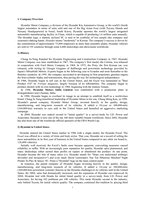
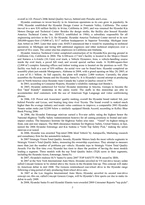
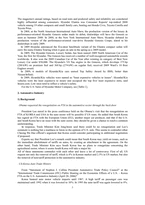
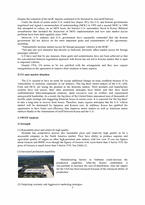
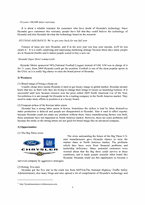
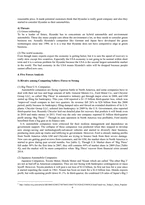
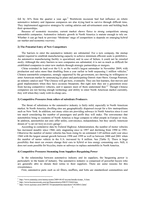
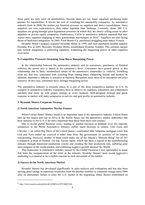


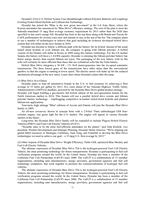
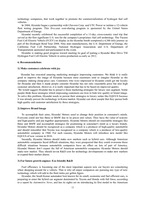
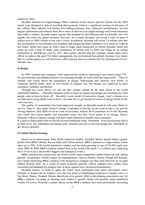
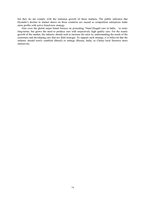



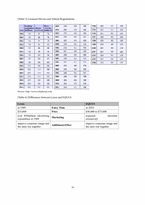
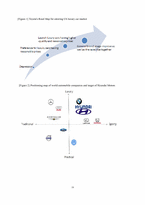
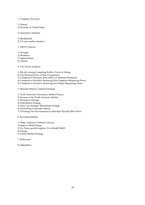
 분야
분야


